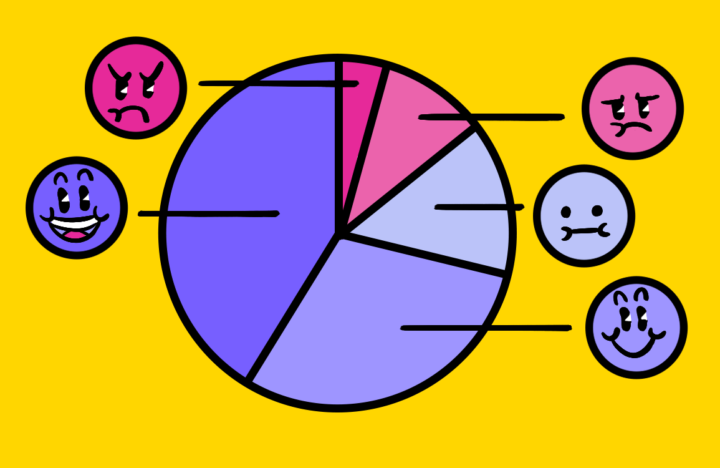Introduction to the UX HEART Framework
UX HEART Framework Introduction
The UX domain constantly evolves, pushing the boundaries to craft digital products that are not only functional but also offer a delightful user experience. To stay ahead in this competitive field, accurately understanding and measuring user experience is essential. Frameworks like Google’s UX HEART Framework step in here, providing a structured method for assessing user interaction and satisfaction with a product.
Now, Let’s Delve into the Google UX HEART Framework.
The user experience team at Google developed the HEART Framework, which is a collection of metrics that allow you to assess the quality of a product’s user experience. “Happiness,” “Engagement,” “Adoption,” “Retention,” and “Task Success” make up the acronym HEART—each representing a distinct aspect of user interaction and satisfaction. This framework turns subjective user experiences into measurable data, empowering teams to make data-driven decisions and enhance their products.
Use Goals, Signals, and Metrics to Guide Your Decision Making
At the heart of the HEART framework, you’ll find a crucial trio: Goals, Signals, and Metrics. Firstly, Goals set the targets you’re shooting for in each HEART aspect. Secondly, Signals are the user actions that show whether those Goals are being hit. Lastly, Metrics are the hard numbers that help you track these Signals. By combining Signals and Metrics, you have a powerful toolkit that ensures your product updates are always geared toward user needs and satisfaction.
Evaluate Your Product’s Success Across the Five HEART Categories
The HEART framework evaluates user experience through five vital areas. To begin with, Happiness gauges if users feel good about your product. Following that, Engagement measures how much they interact with it. Next, Adoption looks at the rate of new users coming in. Then, Retention monitors whether users continue to use your product over time. Finally, Task Success assesses how well users can accomplish their objectives. By examining these areas, your team can identify the strong points of your product as well as opportunities for improvement.
Position Your Product in the Market by Comparing it to Competitors
You can’t just look at your product in a vacuum. The HEART framework empowers teams to measure their product against competitors, offering insights into market position and unique advantages, and shedding light on areas needing a boost.
Ensure Each New Product Update Builds on the Last
Staying relevant and pleasing your users means never resting on your laurels. Use the HEART framework to set benchmarks, comparing the latest product versions with their predecessors. This comparison makes sure each update not only makes a splash but also smooths out any ripples, ensuring a continuously improving user experience.













